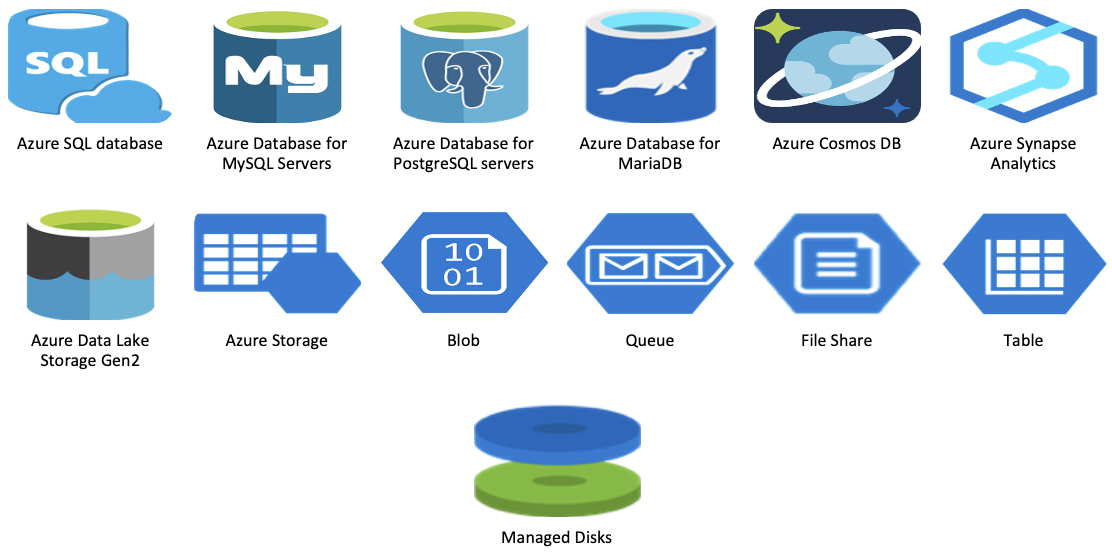- Print
- DarkLight
- PDF
Things to consider before migrating your workloads to Microsoft Azure Database Platforms
- Print
- DarkLight
- PDF
Assume that you followed the suggestions provided in the previous article and performed a complete study of your current environment with all requirements and tools. The next step here is to understand what will be provided by the cloud providers. We need to focus on this point because we plan to migrate to a secure environment with the best performance. We will take advantage of the new features and enhancements provided by Microsoft Azure services, with the minimum possible changes to the current workload and acceptable cost!
The cloud environment study should include all the services, features, and compatibility with the 3rd party tools used in the current environment. We need to understand the different data platforms that are supported in Microsoft Azure to choose whether to migrate to relational or non-relational database service and to choose if the service is hosted as an Infrastructure as a Service (IaaS) or Platform as a Service (PaaS), based on the business and technical requirements and the budget of the project.

Your plan should also consider the size of the service that will be used to host your data, based on the current data side and the growth plan for your business., with the ability to scale up and down based on the raising requirements, which consider and easy process in Microsoft Azure.
As the services are distributed within different regions in Microsoft Azure, you need to consider using the nearest region for you and your clients to reduce network latency issues.
We also need to consider the high availability and the disaster recovery requirements that should be designed in the Microsoft Azure service that will host your data based on the Restore Time Objective (RTO) and Restore Point Objective (RPO) that you confirmed with the business teams.
Once all these points are clear and documented for your migration plan, you need to think about the breaking points that stop you from your migration process, where you need to work to fix these issues and prepare a rollback plan in case of any failure.


